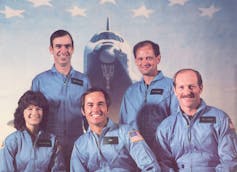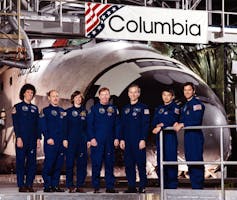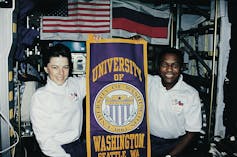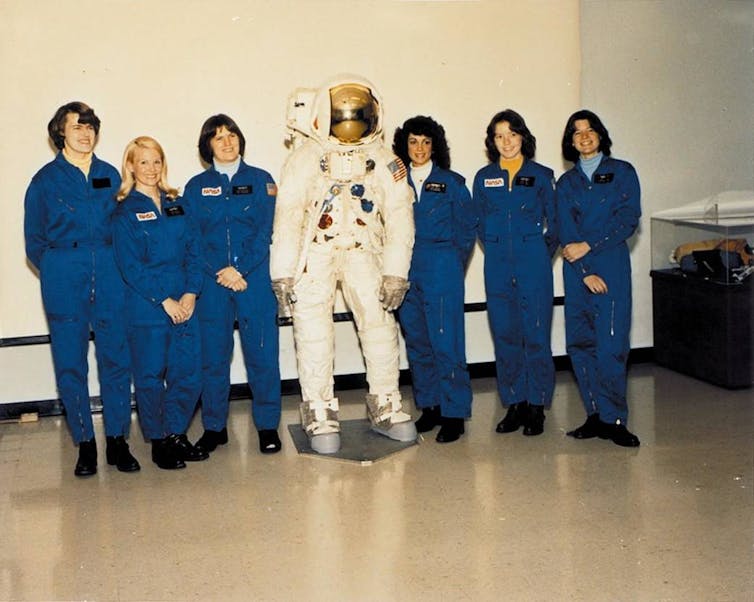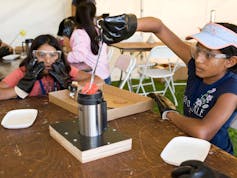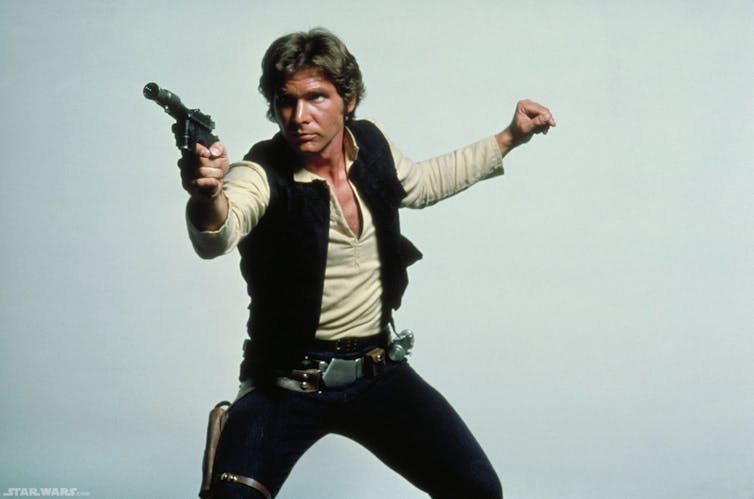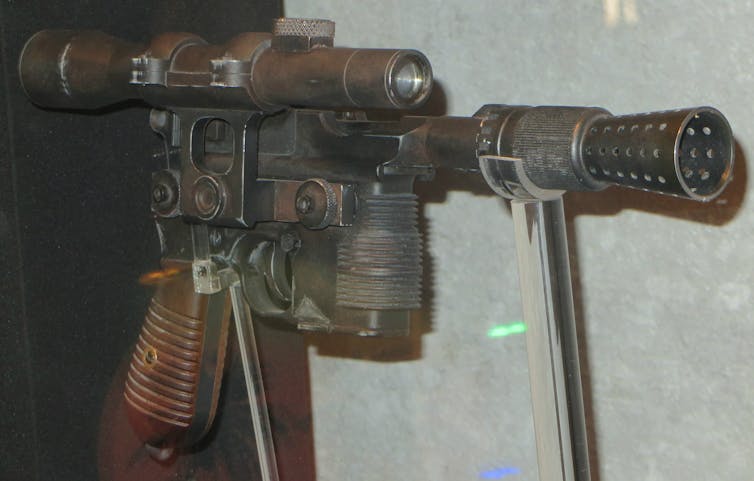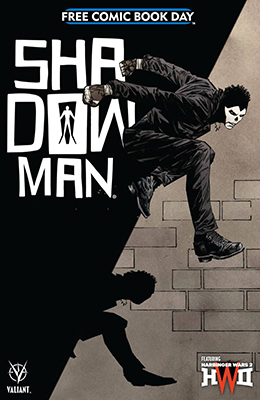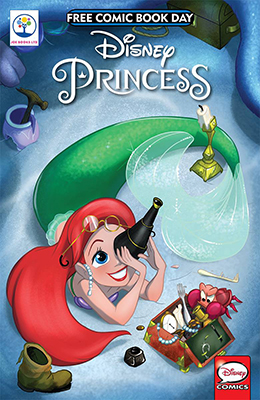 |
| Screengrab from the Spyscape's "Content Division" page |
SPYSCAPE, the innovative consumer brand that's fast becoming the home of the secret intelligence genre, today announced the launch of its Content Division, and the appointment of former Miramax Films, Focus Features and FilmNation executive, Allison Silver, as Chief Content Officer.
SPYSCAPE's new division will have a unique focus on a single genre across multiple platforms including film, television and video-games. It will develop and produce its own content and partner on high quality productions with others.
In addition to providing finance and great secret intelligence stories, SPYSCAPE offers major added-value to its production and distribution partners through four unique advantages:
- A passionate, fast growing audience of 'superfans' of the spy genre
- An unrivaled expert network of spies, hackers and investigative journalists
- State of the art galleries and experiences to bring spy stories to life
- Glamorous spy-themed locations for premieres, parties and press events
With 75 staff across offices in Los Angeles, New York and London, SPYSCAPE's creative, commercial and technology teams have unrivaled knowledge of the spy genre, including special relationships across the secret intelligence world - from station chiefs and former heads of major international spy agencies, to top investigative journalists and renowned hackers and activists.
Additionally, SPYSCAPE will continue to build upon its existing investments in high-quality, spy-themed productions (including three John Le Carre stories: A Most Wanted Man; The Night Manager; and Our Kind of Traitor) through equity investments in Ink Factory Films and others.
 |
| SPYSCAPE announces the launch of its Content Division, and the appointment of former Miramax Films, Focus Features and FilmNation executive, Allison Silver, as Chief Content Officer. |
Chief Content Officer, Allison Silver brings over 20 years experience on high-quality feature films including: Academy Award and Golden Globes winner "Brokeback Mountain", Cannes Grand Prix winner "Broken Flowers" and four Pedro Almodovar films including "Talk to Her" (winner of an Academy Award and a Golden Globe for Best Foreign Film) and "Volver".
Most recently, Silver was EVP, Worldwide Production for FilmNation in New York City working on Academy Award winner "The King's Speech" and Academy Award nominees "The Imitation Game", "Nebraska", "The Bling Ring" and "Room" plus Pedro Almodovar's "The Skin I Live in", winner of the BAFTA for Best Foreign Language Film.
SPYSCAPE is an innovative consumer brand which creates education, entertainment, products and experiences that help you see the world and yourself more clearly, through the lens of spying.
SPYSCAPE was created by top architects, authors, curators, designers, developers, gamers, hackers, imagineers, investigative journalists, psychologists, spies and storytellers.
SPYSCAPE's HQ in New York City is the world's most high-tech museum, described by the New York Times as the "headquarters of our cultural fascination with the art of deception".
SOURCE: SPYSCAPE
Related Video:
Related Pictures:
 |
| SPYSCAPE (Credit: Scott Frances) |
 |
| SPYSCAPE (Credit: Scott Frances) |
 |
| SPYSCAPE (Credit: Scott Frances) |
 |
| SPYSCAPE (Credit: Scott Frances) |


